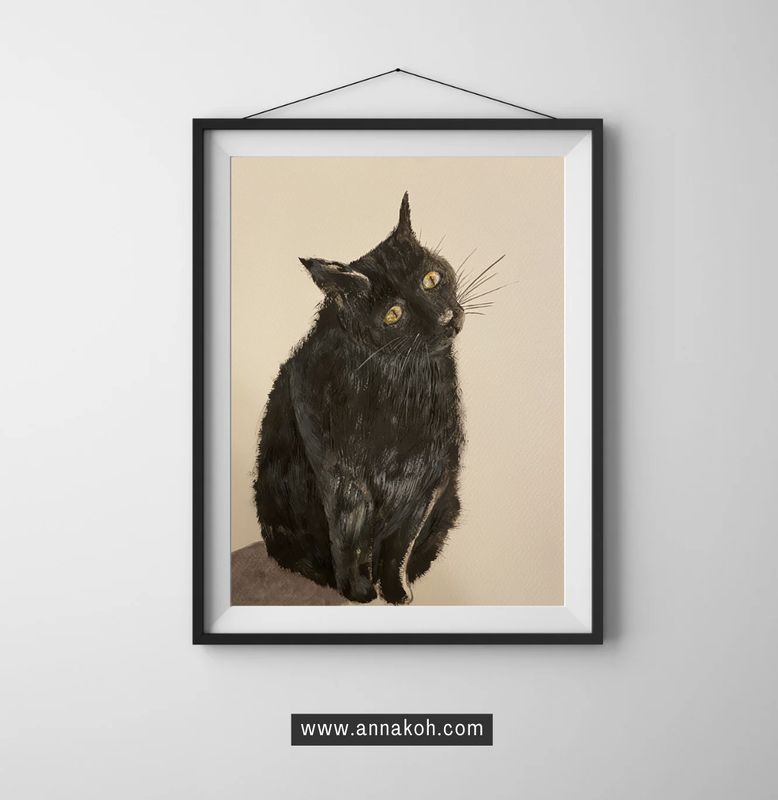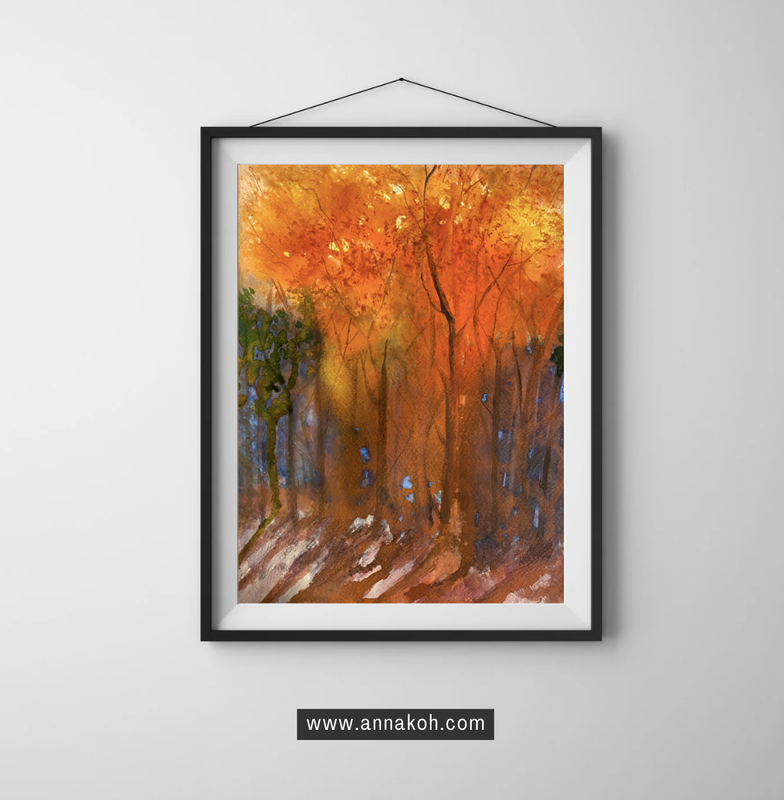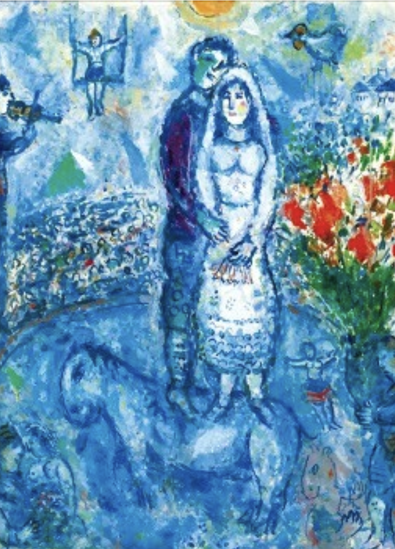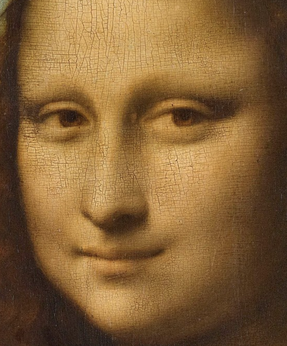How to fight and win against a genius“What I dream of is something like eating every day, eating and eating and being hungry again. So I have a day today.” – Cartoonist Lee Hyeon-se “How to fight and win against a genius” – Cartoonist Lee Hyeon-se
If you live, you will meet a genius once in a while, whether you are lucky or bad. Most of us end up scarred in competition with this genius, or we give up our way. And either live in intimidation for the rest of their lives, or have a job that has nothing to do with their hobbies or talents and live longing for the roads they have never been to. It is a terrible and cruel thing to meet such a genius who cannot be overtaken in his field. When I became a prodigy in drawing in my neighborhood when I was young and was recognized for my talent for cartoons at school, I entered the cartoon world and met my colleagues. I knew that my talent was not much of a difference. But among them, I met one or two geniuses. To the extent that I suffered from insomnia, I lived every night drawing pictures as if I was up all night. My studio was an attic on the second floor, and every day when I heard the tofu vendor's bell, I would fall asleep holding the stack of manuscript papers with the satisfaction that I had lived longer than others slept. However, that friend made my manuscript into toilet paper with the manuscript he scribbled for a few days even after drinking only for a month. I resented my innate talent, gritted my teeth, and competed with that friend, but as time went on, only my wounds grew. I lost interest in comics and the idea of becoming a writer gradually faded away. The time has come for me to compromise with reality with a wounded heart and to go out into society. But I was crazy about cartoons. When a new semester begins, I make sure to teach students how to fight and win against these geniuses. That is, never go head-to-head with geniuses. When you meet a genius, it's best to let it go first. Then you don't have to get hurt. The path of an artist is a long-distance marathon, not a sprint. Geniuses always go first, and if you go first and look back, life is trivial. And one day, he meets the wall of God and throws it away. When human beings meet the wall of God that can never be crossed, the genius gets frustrated, wanders, and destroys himself. And loses his job and stops and throws it away. Like this, if you send a genius first and walk steadily every day with the thought that you can do it for 10 or 20 years, one day you will see yourself passing by overtaking the genius who stopped. Living is a long-distance game over a long period of time, never a short-distance game. Students who aspire to cartoons want to draw well. If so, bring a sketchbook with you every day. You just need to do 10 croquis. In a year, you will draw 3,500 pictures, and in 10 years, you will pose for 35,000 pictures. There are all kinds of human postures, fashions, and landscapes in it. In short, there is almost nothing in this world that has not been drawn. In addition, if you want to write a good article, you can write a diary and take notes every day. You have the most honest persuasion to dig into your inner world and all kinds of imaginary ideas and plots. The most honest story that only one has experienced touches everyone. Cartoonist Lee Doo-ho always advises her juniors, “Draw with your butt.” These words always impress me. There is nothing more important than tireless concentration and endurance to live as a writer for the rest of your life. Sometimes there are geniuses with endurance. Such a genius is a blessing just to exist, and I am thankful just to see it. Such geniuses give us so much pleasure and benefits and show us the way to go. I am overjoyed by the fact that I live in the same age as such geniuses. People like me just need to draw one more picture before going to sleep. If I take just one more step before the sun goes down, one day I will meet the person I longed for. Whether it's the top or the mountainside, what I want is as long as I want it to be. Note: In conclusion, I think the way to beat a genius is love for what you do. In other words, why do I do it, not a life that focuses on the wonderful me doing it? How meaningful and precious is it to me? It will be the difference between knowing this and working or not.
0 Comments
Painter who sells paintingsA painter is a general term for a person who makes paintings. There are various types of painters depending on the painting style, art materials, and making style. Painters create works of art such as landscapes, still lifes, and abstracts using paints, ink, and brushes. Looking at this definition, all people who make their own work can be called painters. But when I first made my debut, I wondered if I could draw and sell them for a living. Even Van Gogh, a painter everyone knows, could only sell one painting in his lifetime. As such, there is a clear difference between painting and selling. Some artists are very good in terms of talent or skill, but they lack marketing opportunities or business acumen, and sometimes the environment is not good, so they cannot sell their paintings. Sometimes it is a picture that is perfect for anyone to see, but it is not the style or trend that the era demands or the gallery likes, but it is rejected. As such, it is not so easy for artists to make money by selling paintings. Because they know this environment and situation so well, painters have no choice but to humble themselves. And because they know this reality, they study marketing on their own, develop business sense, and try to promote themselves. It would be an ideal situation if painters could simply draw and concentrate only on creation. I too am tired of the life of painting, teaching, studying, and marketing at the same time. However, I consider this to be a reward for the joy of creation I enjoy, and I have been doing it without complaint. And when this joy is revealed as tangible results or connections through the sale of paintings, the joy doubles. As a painter, I have two aspirations. First, I hope that everyone in the world will love paintings, and second, that everyone who buys my paintings will become rich. After selling two paintings recently, I am reminded of my wish again. Customers who bought paintings think that they have a beautiful mind. Because they know the value of the invisible. I always admire their insight and sense. This is my attitude as a painter who paints. The circus & the painters A circus painting is a type of artwork that depicts a circus or carnival scene. These paintings typically feature colorful and lively imagery that captures the excitement and energy of a circus performance. The subject matter may include acrobats, clowns, animals, and other performers, as well as the audience and the surrounding environment. Circus paintings have been created by artists throughout history, with notable examples including the works of Georges Seurat, Henri de Toulouse-Lautrec, and Pablo Picasso. These paintings can be created in a variety of styles, from realistic to abstract, and can be executed using various mediums, such as oil paint, watercolor, or mixed media. In addition to being visually striking, circus paintings can also serve as a commentary on the human condition, exploring themes such as joy, fear, and the relationship between performer and audience. They can also evoke a sense of nostalgia for a bygone era, as circuses have undergone significant changes in recent years, with many countries banning the use of animals in circus performances. Miss Lala at the Fernando Circus, 1879 Lara showed her strength and agility in the Circus Fernando, which began in 1875 north of Paris. The circus was a popular venue for artists. Degas was particularly captivated by Lara's captivating performance, and in January 1879 he painted a picture of her successful one night. Painted in pastels, this painting is an important study of oil studies of Lara's performances and is now in the National Gallery, London. Reference: https://m.blog.naver.com/PostView.naver?isHttpsRedirect=true&blogId=iaty&logNo=221472823288 Chagall believed that the true spirit of art lies in love. He saw marriage as the completion of true love. Marriage and Circus, which Chagall produced in his later years, is also a representative work based on the love he had been obsessed with throughout his life. Using subjects such as the bride and groom, colorful bouquets, an acrobat riding a trapeze, and a musician playing the violin, pure love was captured with a unique surrealistic sense of beauty. Nostalgia for hometown is metaphorically expressed as a violinist, and longing for a utopia is metaphorically expressed as a bouquet of flowers. Marc Chagall is said to have been influenced by Cubism, but more specifically, he was influenced by Orphism. Orphism is also called Orphic Cubism (Cubism) as a branch of Cubism represented by Delaunay. Originally, orthodox cubism, centered on Pablo Picasso or Georges Braque, focused more on geometric composition than color because the main purpose was to analyze objects and realize three-dimensional objects on a flat surface. In response to this, Orphism developed the theory of complementary colors of Impressionism and drew all the colors of the spectrum to the screen to pursue a colorful screen composition based on musical rhythm. French painter Georges Seurat (1859-1891) scientifically systematized the Impressionist painting method and left a great mark on the European art scene with his pointillism technique that utilized small dots of color leaking through the prism of light.
The Circus is the last work of Neo-Impressionist painter Georges Seurat. Beginning work in the summer of 1890, it was introduced to the public at the Independent Artists' Exhibition held on March 20, 1891, nine days before Seurat's death. He was dealing with modern life in trivial places of everyday life rather than grandiose and historical things, and his leisure life, such as sightseeing and entertainment, was described in much more detail than before. The circus Seurat drew was the Medrano Circus, which was famous in Paris at the time, and it was a troupe that not only Seurat but also famous painters of the day, such as Edgar Degas and Toulouse-Lautrec, used to be inspired by. Paul Cezanne's apple Cézanne is one of my favorite painters. I love looking at his pictures. However, while I like the strong colors, brush marks, gross tasking composition and comfortable feeling of his paintings, there are parts that I want to correct when looking closely at his paintings. Where does the light come from in this picture? Why is the desk twisted? Is the size and perspective of the fruit correct in this drawing? Also, the bookshelf are desk twisted in the back. He probably didn't use a ruler. All the apples are drawn perfectly in line. I thought it was a manga to color inside the lines The kettle is looking at the same height, but the plate is looking down from a high place. Is it one person watching? Or does one person have eyes in multiple directions? In this painting, the desk is also distorted, and the view points of the basket and kettle are different. Does this picture look any better? A characteristic of Cézanne's paintings is that the actual size of objects is difficult to predict. The time and season of painting are also difficult to predict. It also gives the impression that the kettle and the two plates are looking in different directions. If someone had painted grapes like this one, they would have been told to draw them again. Why is the wine bottle about to fall? But when you look at his paintings, you realize that these flaws are no longer visible. And you will be surprised to find that the picture is more powerful and beautiful because of this imperfection. Can you believe this? He ignored everything about the composition, contrast, and angle of light, and it was beautiful and perfect. There are so many flaws and mistakes that it makes me feel as if they were made into a single piece.
I think that Cézanne's paintings will serve as a good example for those who are frustrated because they are difficult to draw or who give up easily because they have no talent. Looking at his pictures, something seems easy to draw. But if anyone tried to copy his picture, they would be surprised themselves. Because you can see how much he put everything down and painted with a pure heart. It seems that he wanted to know the nature of the paintings and things, so he put down all the recognition, praise, and honor around him and only talked to himself. So when I look at Cézanne's paintings, I always feel that the paintings are difficult. Exploring the Western World with Eastern Ingredients. There is a Korean artist who captures landscape paintings with a sense of familiarity unique to the Orient and portraits obtained by visiting China and Mongolia through the misty and mighty tip of a brush. Using the 'sfumato technique', he developed oriental painting materials and techniques into his own unique technique, interpreting oriental painting in a western way and creating a new world of art. Sfumato is an Italian word meaning 'smoke-like' and is a technique of naturally spreading the contours of objects or people without detecting them with lines. This technique is fine shading to create smooth transitions between colors and tones to achieve images with greater detail and depth. It is often used to create a subtle gradation from light to dark without lines or borders. This technique has been used not only to create ambiguous and fantastical representations of human faces, but also to create rich atmospheric effects. Leonardo da Vinci described this technique as mixing colors without the use of lines or borders "like smoke". Sfumato is an oil painting technique primarily associated with Leonardo da Vinci's Mona Lisa, where the contours of the face are unrecognizable and the shadows have only a soft gradation. A great sfumato can be obtained using a variety of art techniques, such as applying a thin glaze, as Leonardo did. A smudge technique using a rag and fingers, and finally dry brushing a fine cake mixture of oil paint over specific areas of the portrait. Thinner paint rubs lightly like a soft pencil or charcoal. This technique, like oil painting, can be painted subtly, allowing for minimal brush strokes and materials by rubbing oily paint on a cloth canvas between the threads of the textile and among the tiny fine spaces. However, there is a limit to expressing this technique with oriental paint that spreads uncontrollably with a few drops of paint on paper. This is also the fundamental reason why oriental ingredients do not have a western feel. Therefore, if these technical limitations are not overcome, there is a high possibility of being isolated in each area, divided into oriental and western. In this case, there is a risk that art will become indigenous and will not develop any further. However, in my personal opinion, it is interesting that Lee Gwan-soo, who challenged Western techniques beyond the limitations of materials, raised the possibility of a fusion art of the East and the West once again. And as more and more of these challenging oriental painters become more and more, I want it to become a common style of painting where the oriental and western arts naturally harmonize. Below are some of my favorite works by Lee Kwan-soo. * The image above was uploaded with the permission of the artist and cannot be downloaded or used for other purposes under copyright.
|
Myungja Anna KohArtist Categories
All
Archives
April 2024
|
Proudly powered by Weebly









































 RSS Feed
RSS Feed